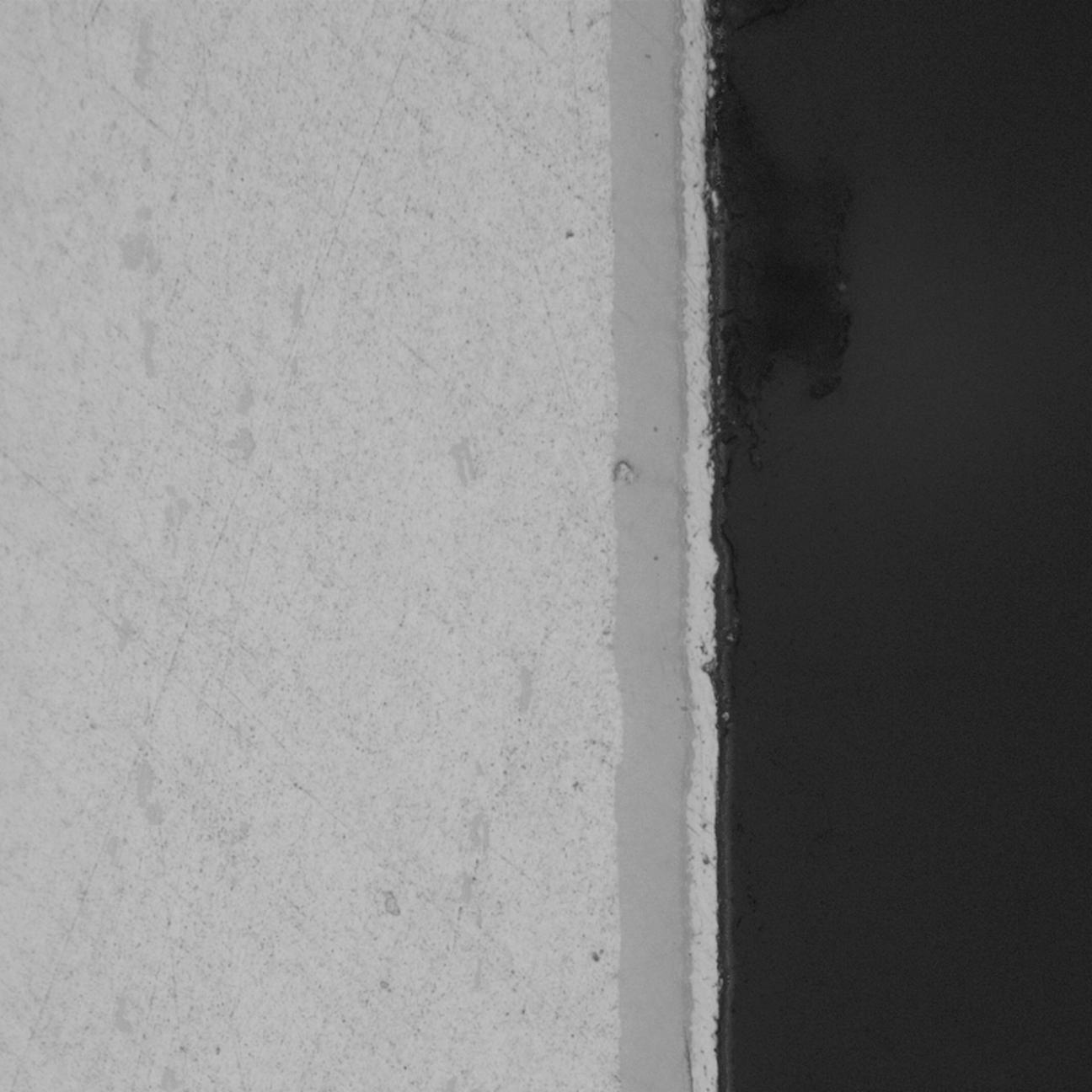Surface solutions for conducting and insulating
Optimisation of materials for conductivity and insulation through surface technology
In the context of conductivity and insulation, protecting materials from damage plays a crucial role. Suitable surface treatments can be used to modify materials so that they either conduct electricity or act as insulators. Various types of stress, such as mechanical abrasion, chemical influences and temperature fluctuations, can impair the conductivity or insulating properties of materials. Our surface solutions are designed to preserve and optimise these properties. We develop coatings that have specific, customised surface properties.
Our different coating solutions
Galvanising
In electrical engineering, electroplating is used to improve electrical contacts and printed circuit boards. The coatings ensure more efficient current transmission and greater component reliability. Although electroplating is primarily used for conductivity, it can also be used to protect metals against environmental influences such as corrosion and oxidation. This can indirectly contribute to insulation by maintaining the integrity of the metal. In some cases, galvanised layers are combined with non-conductive coatings to achieve complete insulation.
PVD/PACVD
PVD/PACVD technologies can be used to provide parts with special conductive and insulating properties. The PVD process is ideal for producing conductive coatings. The layers can be applied very thinly, which means that they can improve conductivity without significantly affecting the shape or weight of the component. The combination of both technologies PVD/PACVD enables the development of parts that have both conductive and insulating properties. The precision and adaptability of PVD and PACVD offer ideal solutions to maximise the performance and reliability of components.
Chemical layers
In terms of electrical conductivity, nickel coatings offer excellent conductivity, making them ideal for electronic components and printed circuit boards. Their uniformity ensures consistent conductivity across complex shapes and surfaces. On the other hand, these coatings also offer insulation properties. Due to their high wear resistance and hardness, they protect the underlying metal from environmental influences, which helps to maintain the insulating properties of the component.
Hybrid
The key to customised coating solutions that optimally combine conductivity and insulation in a variety of applications. The integration of different technologies in hybrid coating processes creates complex solutions that efficiently realise both conductive and insulating properties in various objects.
An overview of our product solutions in the area of conduction and insulation.
Improvement of electrical conductivity
Optimisation of the compatibility of base material and coating process
In modern technological applications such as electromobility and the semiconductor industry, high electrical conductivity is essential. However, conventional materials often reach their limits, which impairs the efficiency and performance of the components.
The challenge is to identify suitable materials and processes for coating that provide the required conductivity while being compatible with the properties of the base material. Precise control of the coating processes and integration into existing manufacturing processes are also crucial.</p
Conductive coatings to increase efficiency
Conductive coatings significantly improve electrical conductivity, resulting in more efficient power transmission and lower energy losses. They also increase the service life of components through improved mechanical and corrosion-resistant properties.
These coatings enable more powerful and efficient systems, support the miniaturisation of components and lead to significant cost savings over the lifetime of the application. They are an important contribution to sustainable technologies and innovations.
Coatings to improve electrical conductivity are crucial for advances in technology, efficiency and sustainability.
Image: Cross-section electroless nickel-tin coating



